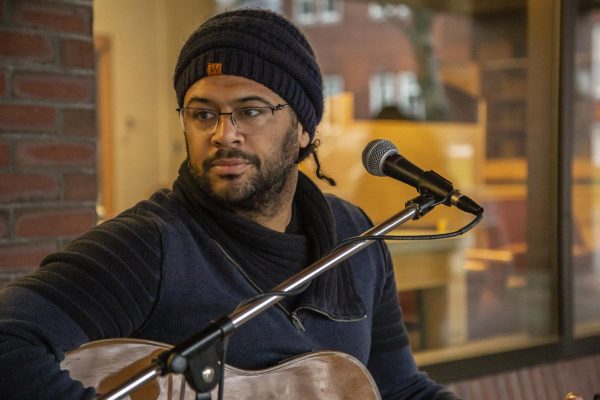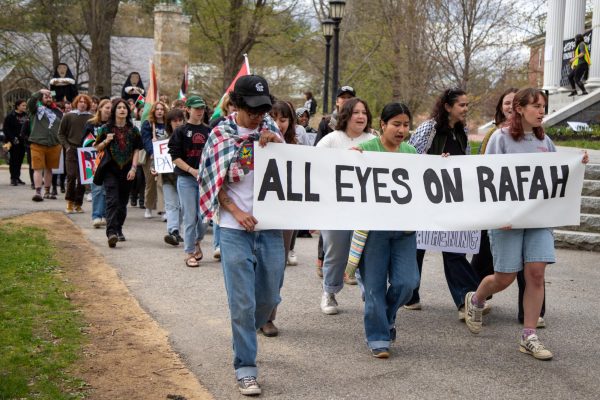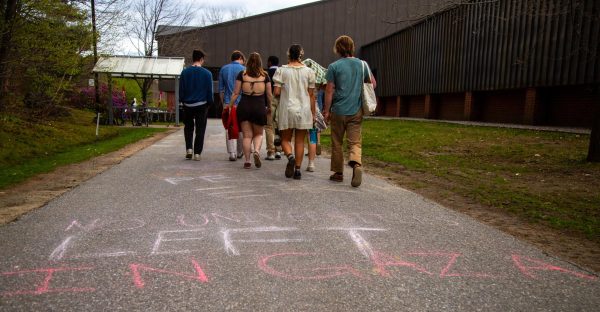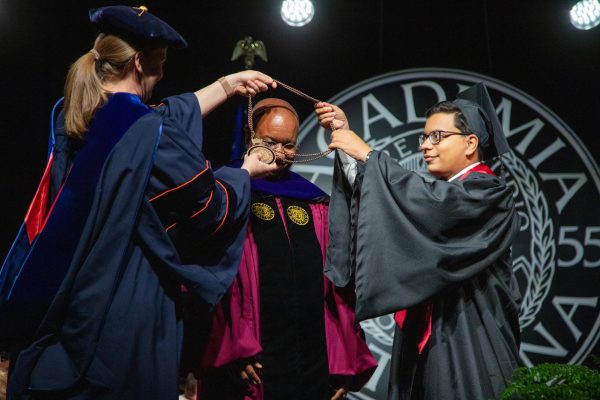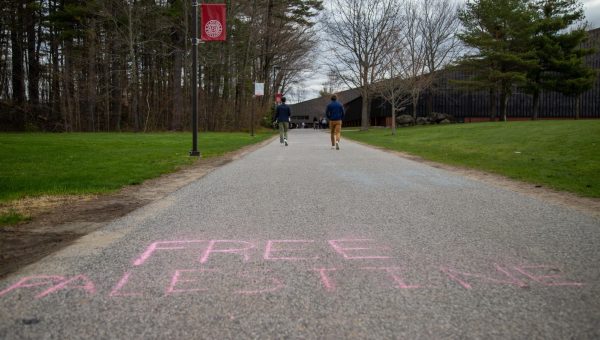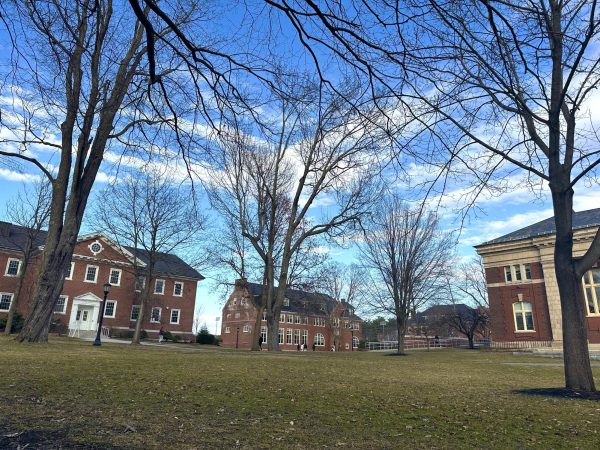Bates VP of College Advancement Describes Successful Fundraising Campaign
As the Bates Campaign reached its end, the College surpassed its fundraising goal of $300 million by an additional $46 million. The Campaign began over five years ago in a push to fund new programs and initiatives at Bates.
The Campaign was headed by the Office of The Vice President for College Advancement and members of the Board of Trustees. The newly appointed VP for College Advancement, Eric Foushée, provided additional information regarding recent strides to The Student.
The driving force behind starting the campaign was the fact that it “had been long overdue for a campaign at Bates” with the last one happening “12 to 15 years before.” Foushée described that with the arrival of President Clayton Spencer, “it was just a moment where there was a lot of donor interest, a lot of momentum. And from a financial point of view, there are just lots of areas that we needed to push into and see if we could bring funds and resources to the college.”
The contributions came from “over 19,000 donors… primarily (from) alumni but we definitely had parent donors as well.” As secondary sources outside of the Bates community, other gifts came from “friends and foundations.”
In regard to academic advancement, Foushée highlighted that “one of the great things about our campaign was that it really pointed out the fundamental value and interest of our donors in the core part of Bates, which is faculty and students.” A large portion of these funds was the “$135 million worth of endowment dollars that went to fund scholarships and financial aid packages,” ensuring that the “best and brightest students come to Bates and have that ability.”
Foushée also believes that the expansion in equity and financial aid programs will bring a more diverse applicant pool/student body to Bates in the coming years.
“I think our push for Equity and Inclusion is making gains. I mean, if you looked at our admissions stats… you would see that we have one of the most diverse classes in our history. So I think that seems to be a kind of a common trend year over year, we’re gaining more and more ground.”
In the same light, he also described strides that the college has made in the Schuler Access Initiative, expanding access for undocumented and pell-eligible students at the college.
“They have given us a $50 million challenge of which we raised about $34 million to match over a 10-year period. Their money is funding an expansion of our Pell-eligible students or the ability to bring and attract (more) Pell-eligible students to the campus and we’re trying to match that with $50 million worth of endowment.”
In terms of other changes for students, the second part comes on the academic side. This manifests itself with the addition of seven new faculty members and the Digital and Computational Studies (DCS) program.
The second of these came in the form of constructing Bonney Science Center “which is… a huge academic building… important to not only the sciences.” with it being “open to all classes. If you go on any given day to a classroom, in Bonney, you might actually find philosophy notes or English notes on the whiteboards in those classrooms, right? So it’s about academic spaces, it’s about elevating Sciences at the college, which propels all the academics. “
The third was through the addition of Stem Scholars, which Foushée stated was aimed at students whose “preparation (or comfort level) was not as strong” and to “help them in those classrooms to really achieve success in sciences.”
In regard to marketing and outreach, Foushée emphasized that what made “a difference is relationships and personal relationships.”
“Being able to go out, build those connections with people and make the case for Bates… and leverage those relationships to do something impactful for the college… were certainly paramount.”
Moving forward, Foushée was confident that the College would move into a campaign soon: “I think people will probably be surprised at how fast we move into another campaign.”
“To carry forward the momentum that we’ve… really built up during this campaign. I would hope that we would be in the public phase of another campaign within five years… which means that with the way campaigns are structured, we would probably be in a more of like, a silent phase for about three years.”
Foushée was also hopeful that a repeat of the behavior seen during this campaign would be repeated: “I think the next campaign would at least have to try to approach 350 (million) But I’m sure we’d get pressured to… push beyond that, to 400 (million) or more, but I think I wouldn’t want to really put that stake in the ground until we’re there.”
Your donation will support the student journalists of Bates College and help us cover our annual website hosting costs.



